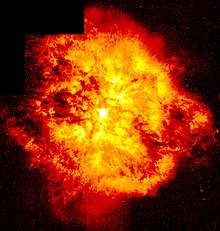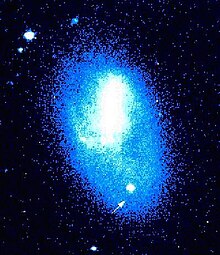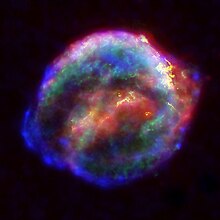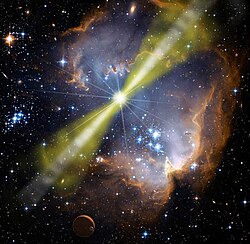Search This Blog
Wednesday, 15 January 2014
Good news for all those caffeine-addicted students out there, new research has suggested that drinking two cups of coffee after learning could boost your memory. A team of US scientists found that 200 mg of caffeine can enhance certain memories for at least a day after they're formed. But before you start overdosing on coffee, remember too much caffeine can be toxic, and some researchers are pointing out that more work needs to be done before these results can be confirmed.
Sunday, 12 January 2014
Saturday, 11 January 2014
This is the streamlined, two-person watercraft that breaches and submerges just like the Orcinus orca after which it is designed. A pilot protected beneath its watertight 1/2″-thick acrylic canopy pushes and pulls twin control levers to articulate the whale’s pectoral fins for rolls and stealthy dives. With a finger on the right lever’s throttle trigger, steering is provided by dual foot pedals that control the vectored thrust of the craft’s 255-hp supercharged Rotax axial flow engine, enabling realistic behaviors such as porpoising or skyhopping.
It turns out snails can move pretty quickly when threatened. Unfortunately, these conch snails will lose their extraordinary jumping ability as a result of rising carbon dioxide emissions, new research involving James Cook University has revealed. The international researchers found that the snail either stops jumping or takes longer to jump when exposed to the levels of CO2 projected for the end of this century.
Fish glow in the dark! A new study has shown that 180 species of fish, such eels and lizardfishes, have fluorescent coatings. The researchers found that these fish emit bright green, orange and red colours, discovering new fluorescent proteins that could help scientists in the development of better medical techniques.
Thursday, 2 January 2014

Artist's illustration showing the life of a massive star as nuclear fusion converts lighter elements into heavier ones. When fusion no longer generates enough pressure to counteract gravity, the star rapidly collapses to form a black hole. Theoretically, energy may be released during the collapse along the axis of rotation to form a gamma-ray burst.
Subscribe to:
Posts (Atom)















































